Introduction: The Rise of a Forgotten Superpower
The Hittite Empire was one of the most powerful and enigmatic civilizations of the ancient world, ruling vast territories in Anatolia (modern-day Turkey) and extending its influence into the Levant and Mesopotamia. Their dominance in chariot warfare, mastery of iron weaponry, and advanced diplomatic strategies allowed them to rival the great powers of the Bronze Age, including Egypt and Assyria. Yet, for centuries, their legacy remained buried, lost to history until rediscovered in the early 20th century. Who were the Hittites, and how did they shape the ancient world?
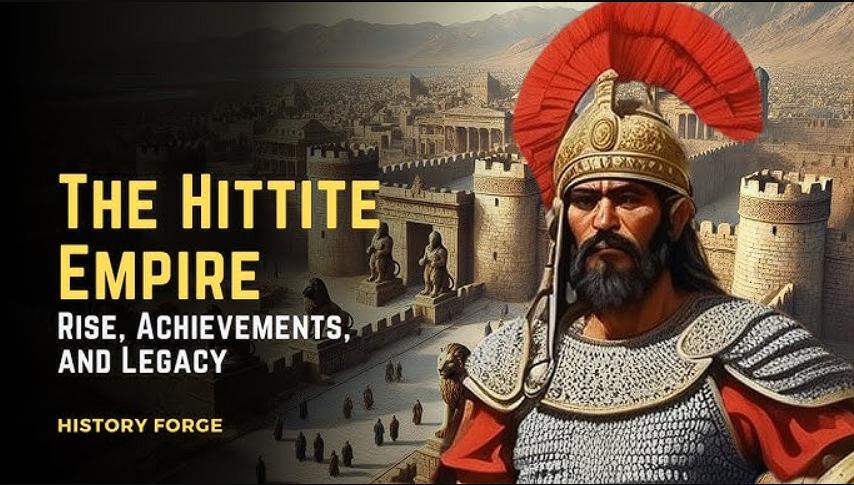
The Origins of the Hittites
Hittite Migration and Early Settlements
The origins of the Hittites trace back to Indo-European-speaking tribes that migrated into Anatolia around 2000 BCE. Over time, they established city-states, with Hattusa emerging as their capital. These early settlements formed the foundation of what would become a formidable empire.
The Consolidation of Power
Under King Hattusili I (circa 1650 BCE), the Hittites began their expansion, unifying disparate regions and establishing a centralized administration. This period saw the introduction of an advanced legal system and state-sponsored religious practices, solidifying their identity as a distinct civilization.
Military Innovations and Chariot Warfare
One of the most significant contributions of the Hittites was their refinement of chariot warfare. Unlike their predecessors, who primarily used chariots for transport, the Hittites developed lighter, faster, and more maneuverable war chariots, allowing them to dominate the battlefield. Their ability to field large, organized armies helped them expand their empire rapidly.

The Hittites at Their Peak
The Battle of Kadesh: A Clash of Titans
In 1274 BCE, the Hittite Empire faced off against Egypt in one of the largest chariot battles in history: the Battle of Kadesh. Led by Pharaoh Ramesses II, the Egyptian forces clashed with the Hittite army under King Muwatalli II. Though the battle ended in a stalemate, it led to one of the most remarkable achievements of the ancient world—the Treaty of Kadesh.
The Treaty of Kadesh: A Milestone in Diplomacy
The Treaty of Kadesh, signed between the Hittites and Egyptians, is the world’s first known recorded peace treaty. This agreement not only ended hostilities between the two great powers but also established a precedent for diplomatic negotiations in international relations. It showcased the Hittites’ ability to balance military might with political strategy.
The Hittite Economy and Society
The Hittites controlled a vast trade network, dealing in metals, textiles, and agricultural goods. They were among the first civilizations to effectively use iron, giving them a technological edge. Their legal system, preserved in cuneiform texts, provided insights into their society, which valued justice, property rights, and a structured hierarchy.
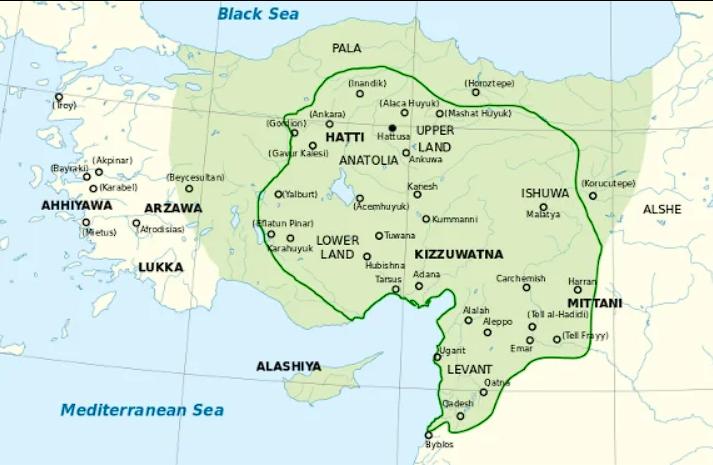
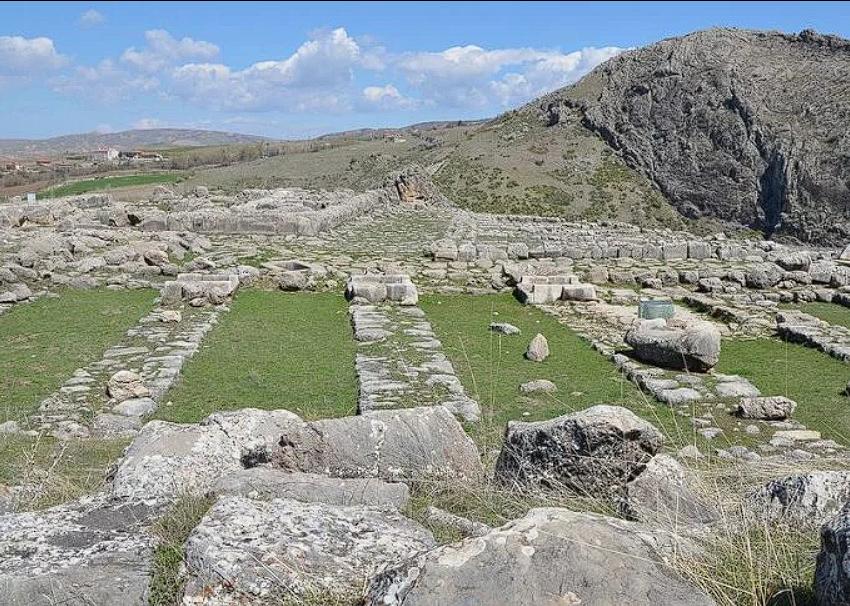
The Fall of the Hittite Empire
Internal Struggles and Declining Power
By the late 13th century BCE, the Hittite Empire faced internal conflicts, succession disputes, and economic downturns. These factors weakened the central authority, making them vulnerable to external threats.
The Sea Peoples and the Bronze Age Collapse
Around 1200 BCE, the Eastern Mediterranean underwent a period of turmoil known as the Bronze Age Collapse. Invasions by the mysterious Sea Peoples, combined with environmental changes and resource shortages, contributed to the fall of many great civilizations, including the Hittites.
The Legacy of the Hittites
Although the empire crumbled, remnants of Hittite culture persisted in small Neo-Hittite states that continued to exist for centuries. Their language, legal codes, and innovations influenced later civilizations, and their rediscovery in the 20th century reshaped our understanding of the ancient world.
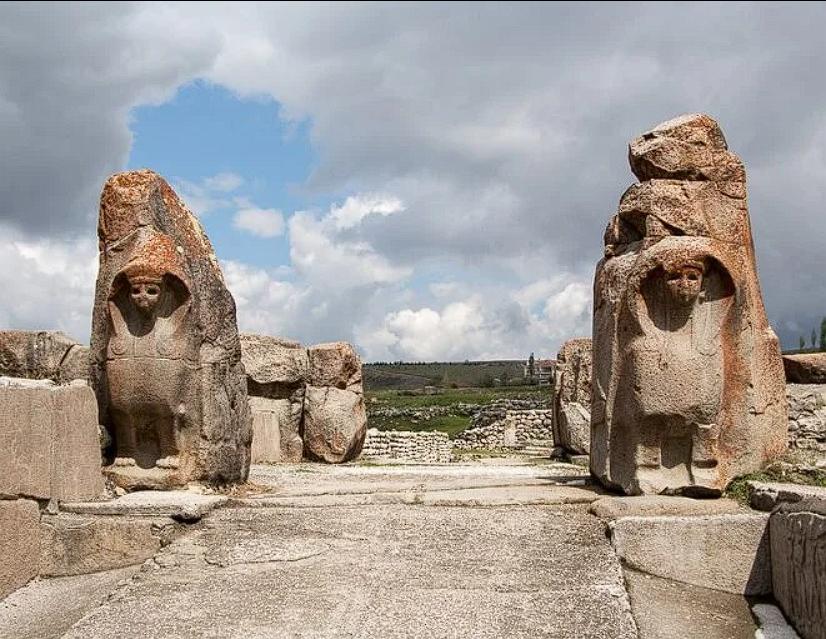
The Rediscovery of the Hittites
The Excavation of Hattusa
In 1906, German archaeologist Hugo Winckler uncovered the ruins of Hattusa, the Hittite capital. Among the findings were thousands of clay tablets inscribed in cuneiform, detailing treaties, laws, and historical events that provided invaluable insights into their civilization.
Deciphering the Hittite Language
The Hittite language, part of the Indo-European family, was one of the earliest to be recorded in written form. Linguists deciphered the cuneiform script, revealing a wealth of information about Hittite governance, diplomacy, and daily life.
The Hittites in Modern Research
Today, historians and archaeologists continue to study the Hittites, uncovering new evidence that challenges previous assumptions. Their story serves as a reminder of how civilizations rise and fall, leaving behind traces that can reshape our understanding of history.
Conclusion: What Can We Learn from the Hittites?
The Hittite Empire stands as a testament to the power of innovation, diplomacy, and resilience. From their mastery of chariot warfare to the first recorded peace treaty, their impact on history is undeniable. Yet, their sudden disappearance raises questions about the fragility of civilizations. Could modern societies learn from their rise and fall? And what other lost empires are waiting to be uncovered beneath the sands of time?
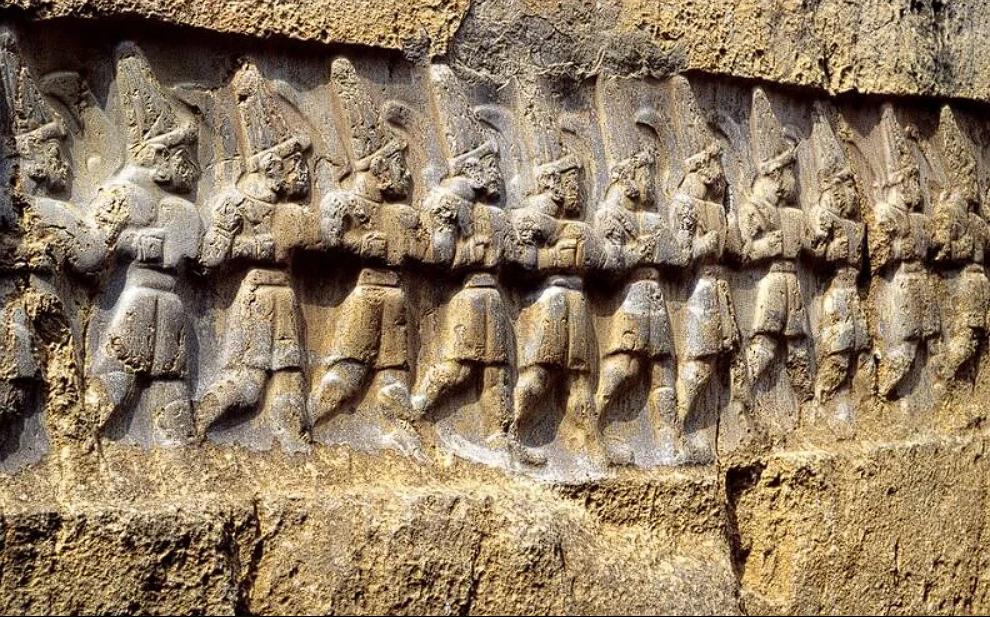

CÁC TIN KHÁC
Mary Walton: The Forgotten Inventor Who Helped Clean Up America’s Cities
Tomb of Queen Nefertari in the Valley of the Queens, Egypt
Discover the Hypostyle Hall of the Temple of Hathor at Dendera
Venus de Losange: Unveiling the Mystery of a 20,000-Year-Old Paleolithic Icon